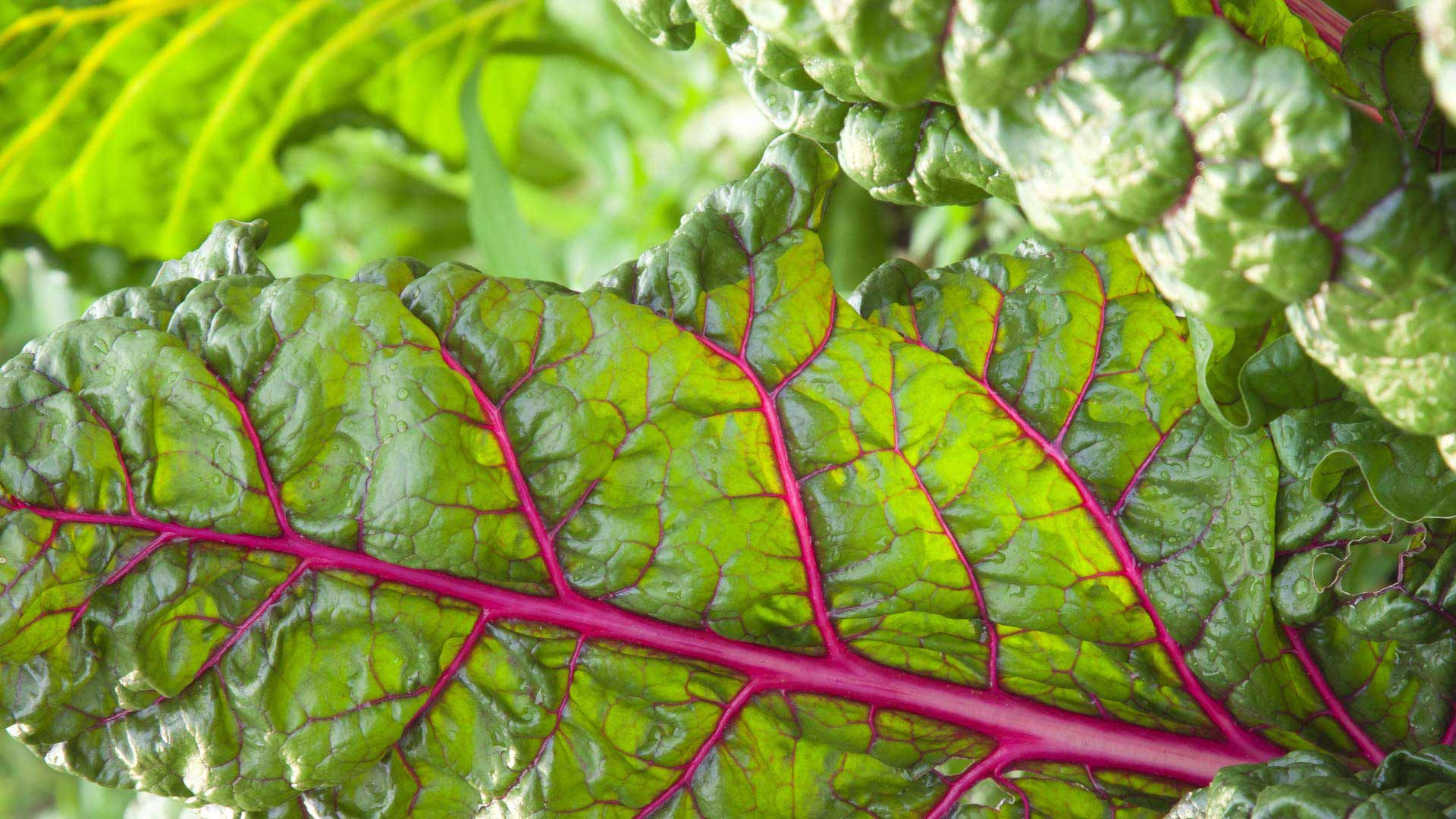Advanced Tips for Growing Chard Over Winter with Minimal Effort

For most of its long history prior to being a cultivated vegetable, chard was a wild beet; it performs best in soil conditions favored by root crops. Try giving chard loose, uniform, deep, fertile soil free of obstructions, with uniform soil moisture and sufficient nitrogen, and watch the show as chard grows to twice or three times its expected size, with huge leaves that can grow to more than 14 inches long and 10 inches wide.
In reasonably fertile soil with normal rainfall, chard can thrive over winter in many areas of California with little or no watering. Irrigate or water your planting area to flush weed seeds, then seed chard directly or broadcast seeds in fertile soil between late October and late November, or when fall or early-winter rains are forecast. Chard competes well with many weed species and can be successfully grown in wild, weedy areas as long as soil is reasonably fertile. Monitor seedlings every several days during dry periods, and less often once established. Mulch well or seed a drought-tolerant living mulch such as purslane. In years with normal rainfall, you can enjoy chard all winter and into spring or summer with very little effort or maintenance.
Use caution with saving seeds. Chard will cross-pollinate with beets to produce inferior plants in the following generation. It has been expert Darren Butler’s experience that chard seed-quality is reasonable to good if there are no beets or other chard varieties flowering at the same time nearby. If saving seeds, time plantings of beets and chard in your own garden so that they are not in bloom at the same time. This is easier than it sounds: beets are normally harvested and the roots stored at cold temperatures for seed saving. Beets generally flower promptly after being grown for a season, harvested, and stored for a few weeks at cold temperatures, then replanted. Chard is unpredictable about when it flowers so avoid any replanting of beets around the time chard looks like it may flower.
Other articles of interest:
Grow a Sustainable Patch of Garlic